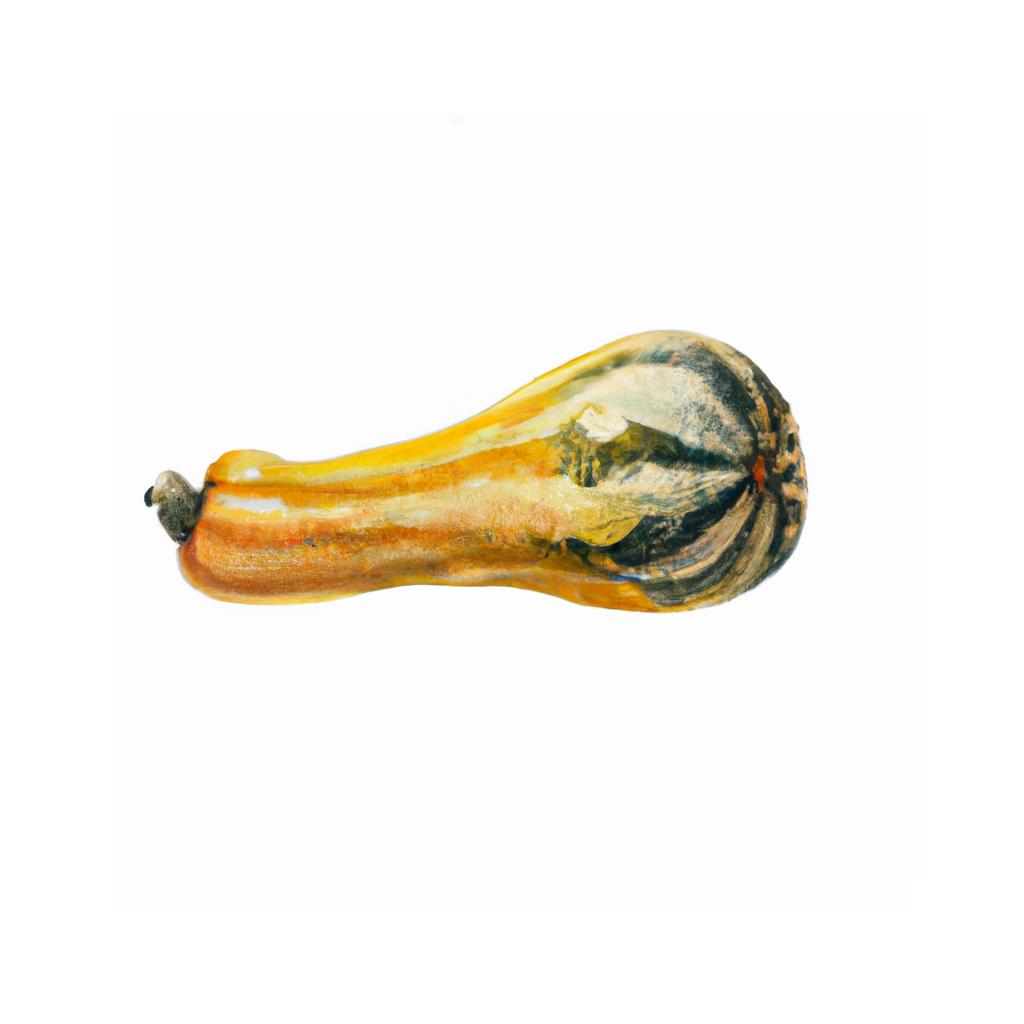
Squash is a versatile and nutritious vegetable that has been grown and consumed for thousands of years. Belonging to the Cucurbita genus, it comes in various shapes, sizes, and colors, and can be classified into two main categories: summer squash and winter squash. Summer squash includes varieties like zucchini and yellow crookneck, while winter squash encompasses types such as butternut, acorn, and spaghetti squash.
The history of squash dates back to around 10,000 years ago, making it one of the oldest cultivated crops in the Americas. Native Americans grew squash along with corn and beans, which are often called the 'Three Sisters' because of their complementary nature and mutually beneficial growing techniques. Squash vines provided shade and weed suppression, while their prickly leaves acted as a natural pest deterrent.
Nutritionally, squash is an excellent source of vitamins A and C, as well as fiber, potassium, and other essential nutrients. Its low-calorie content makes it a popular choice for those who seek healthy meal options. Many of its seeds, such as those found in pumpkin, are also edible and contain a good amount of protein and omega-3 fatty acids.
Squash can be used in a wide variety of dishes, from simple sautéed sides to intricate main courses. It pairs well with a range of flavors, such as garlic, onions, tomatoes, and herbs like thyme, basil, and oregano. Squash can also be added to soups, salads, pasta dishes, and even be used as a base for vegetarian lasagna. Winter squashes, with their dense texture and sweet flavor, work well in both savory and sweet dishes, including pies and desserts.
In conclusion, squash is a remarkable vegetable with a rich history and a bounty of nutritional benefits. It can be easily incorporated into various meals, making it a valuable addition to any home garden.
This is advice is most applicable to growers in the UK, you may need to adjust the timings if you live somewhere with a different climate and/or seasons.
| Month | Tasks | Advice |
|---|---|---|
| January | - | - |
| February | Sow seeds indoors, | Sow squash seeds indoors in pots or trays using well-draining compost. |
| March | Sow seeds indoors, Transplant seedlings, | Continue sowing seeds indoors if necessary, and transplant seedlings to larger pots as they grow. |
| April | Harden off plants, Plant out seedlings, | Harden off squash plants by gradually exposing them to outdoor conditions, then plant out seedlings in their final growing location after the risk of frost has passed. |
| May | Plant out seedlings, Water regularly, | Plant out any remaining seedlings and water plants regularly, ensuring the soil remains consistently moist. |
| June | Water regularly, Hand pollinate if necessary, | Continue to water plants regularly, and hand pollinate flowers if necessary to encourage fruit set. |
| July | Water regularly, Harvest when ready, | Keep watering plants and harvest squash fruits when their skin is hard and they have reached their full size. |
| August | Water regularly, Harvest when ready, | Continue to water plants regularly, and harvest any remaining fruits when ready. |
| September | Harvest remaining fruits, | Harvest any remaining squash fruits before the first frosts. |
| October | - | - |
| November | - | - |
| December | - | - |